How to Train Remote Employees: 10 Efficient Ways

So how do businesses across the world are following social distancing? Well, it seems a long past when employees would have to plea to their reporting managers for allowing them to work from home. It’s the new normal now.

I am sure that like Tobi, the founder of Shopify, many CEOs across the world think the same. Remote working is a new challenge and also an opportunity for businesses. According to a survey made by Gartner, 48% of employees will continue to work remotely after COVID-19 compared to 30% in pre-COVID 19 times.
Company CEOs and HR heads should take steps to raise the digital competencies of employees. This blog will help business owners and HR leaders to chalk out topics of remote/ virtual training, strategies for how to improve remote training technology andhow to choose the right tool for training their remote staff.
- Reasons why you should start training your remote employees today
- Training topics for remote employees
- 10 Strategies for effective remote workforce training
- Choosing a right tool for remote staff training
- Conclusion
Reasons why you should start training your remote employees today
- To up-skill your team as per business demands: Successful businesses can scale their activities according to requirements and market demands. They have that flexibility. While your on-site employees might have good records to alter their activities accordingly, they may need proper training in a remote-working setup. You should conduct remote training sessions for upskilling your employees as and when required.
- To give training to field staff on safety precautions for COVID-19: On-field staff is facing dual challenges at present. They are facing the challenges of sustaining and growing productivity at a volatile time and also combating against the threat of getting infected with COVID-19.
HR heads should plan and arrange training sessions to address the safety issues related to the pandemic. Please don’t forget that your employees are entitled to experience a sense of belongingness to your company. Such training sessions that are conducted on humanitarian grounds will certainly leave a positive impact on the minds of your employees. - To give a memorable onboarding experience to new-hires: COVID-19 pandemic has posed some unique challenges before the recruitment processes. HR and the IT teams should virtually assist and support new-hires to get accustomed with fundamental processes, company culture and compliance rules.
Virtual orientation training will inform joinees about the necessary technical tools and how to use them. Guide them on online meeting solutions, communication devices and file-sharing apps.
Such training programs also facilitate further collaboration among joinees and their supervisors. - To inform employees about changes in companies processes: As per a poll held by McKinsey, 70% of company policy updates, acquisitions or mergers and leadership alterations face resistance from employees. The absence of face-to-face interaction has heightened the problem as you don’t get a cue from non-verbal responses.
Hold virtual training sessions to have meaningful conversations with employees, address their concerns and clarify their doubts. - To motivate both the on-field and remote workers: Every task becomes easier if we think of it from the angle of end-users. Companies should train their workforce to address the issues that bother them during remote working. Take a look at the list below:
- The sense of loneliness
- The lack of proper communication
- The inability to disconnect
- The network issues
- The lack of motivation
- The distractions at home
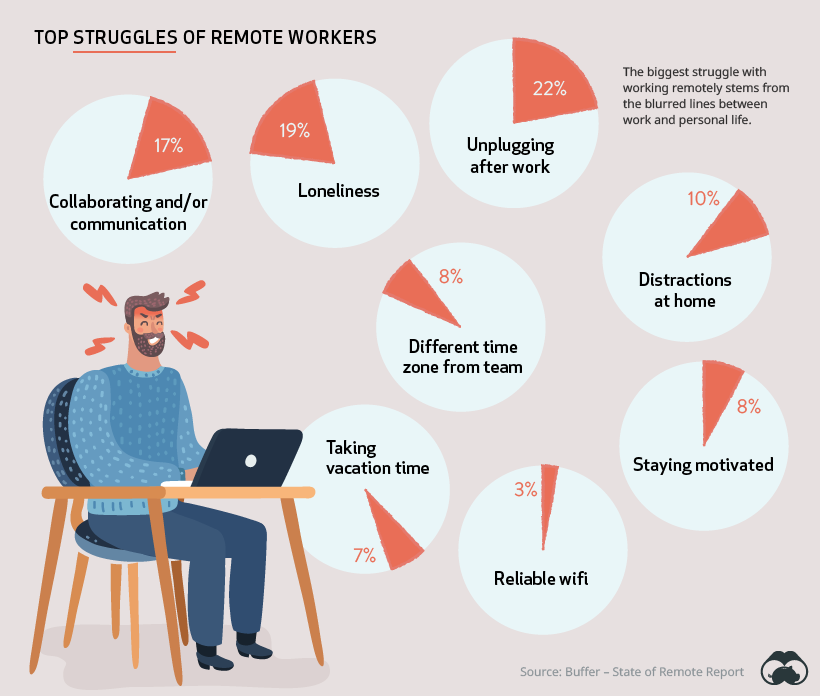
Let’s know about the most important training topics to smoothly run remote work processes.
Training Topics for Remote Employees
According to Global Workplace Analytics, 60% of the entire office workers in the world want to continue with remote working post-COVID-19.
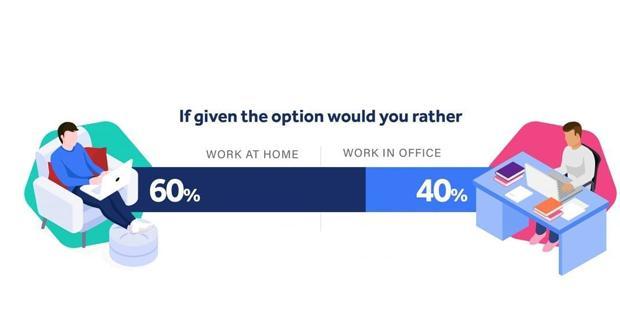
And if companies build proper training sets for remote work, they can leverage multiple benefits like the following:
- Enjoy a flexible format.
- Ensure greater user friendliness.
- Ensure greater employee productivity.
- Train employees regardless of locations.
- Leverage a limitless scope of customization.
- Enhance learning retention through drip-feeding.
- Decrease the chances of absenteeism.
These are some of the reasons why they should organize online training for remote employees.

Have a look at the following training topics:
1. Digital Proficiency
Right from VPN login to sharing the screen via Zoom or Google Meet, someone, somewhere always needs a guided tour. Short and to-the-point explainer videos can help everyone adapt to the new normal to their best potential. Such training videos can be particularly helpful for the workforce who are in their mid-forties or fifties.You can also use remote access to train remote employees on technology.
2. Soft Skills

Here, a picture is worth a thousand words. The absence of face-to-face interaction can give rise to communication conflicts. Here are some hacks to offer quality remote training sessions to improve soft skills:
- Webinars
- Guide and eBooks
- Leadership Development Programs
- Performance Development LMS (Learning Management System)
- Online Workshops
- VR and AR-enabled Sessions
- Modular Performance Evaluation
3. Company Culture
Just like the people of a community hold shared missions and visions, office staff does the same. Your employees live your goals and visions. Don’t let the distance play a spoilsport. Hold regular audio-visual meetings to keep the office staff aware about your company culture.
4. Compliance
Are your employees aware of how to process risk and compliance policies during global emergencies like this? Unambiguous and targeted communication, carefully curated for individuals can be immensely rewarding.
For example, sales teams spend many hours over phone calls and teleconferencing. Secure, private or group chat messages can keep them in loop without adding to their burden.
5. Role Clarity
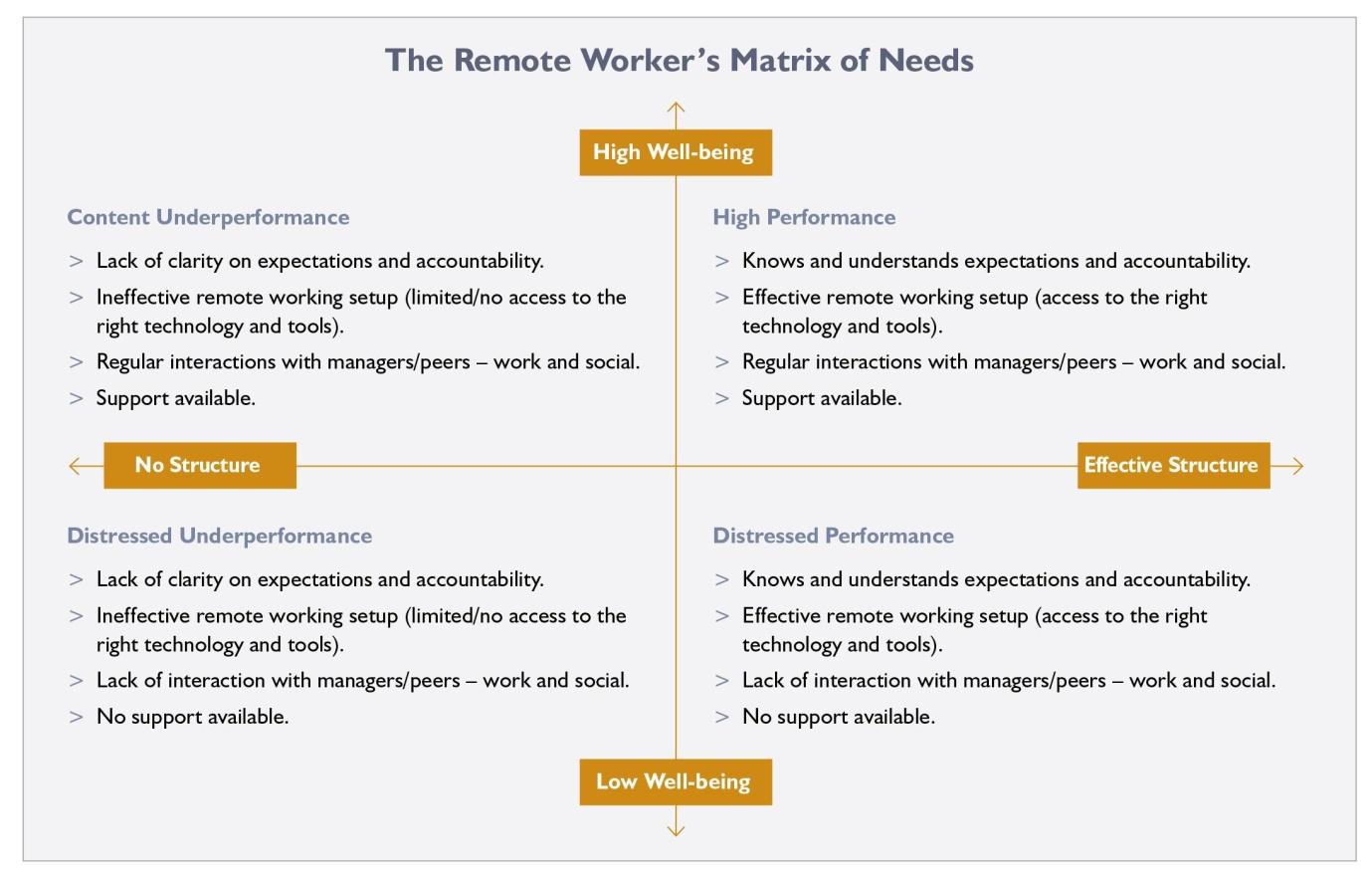
Clarity of role drives clear ideas on expectations and accountability. It gives a leg-up to average performers. The best of your resources get the time to explore other avenues to improve their performance. The bucket list should include the following:
- Proper communication across teams via reliable channels.
- Set the priorities according to deadlines.
- Measure individual performance, regularly.
6. Cybersecurity
A study made by OpenVPN has claimed that only 10% of IT professionals believe that remote working is secure. Also, a whopping 70% see red when they engage with remote staff compared to on-site staff.
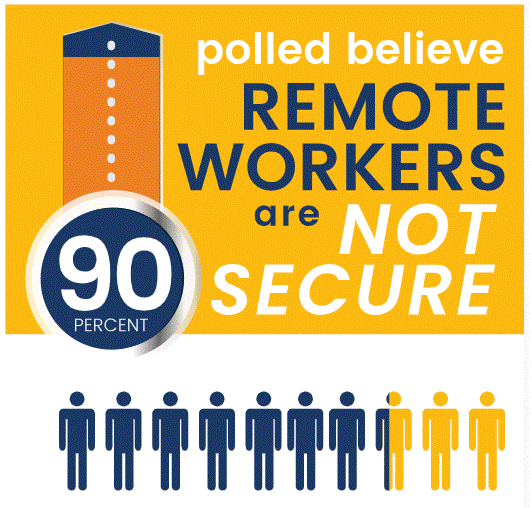
Like compliance guidelines, security checklists can save you from impending threats of data compromise. Take a look below:
- Remote work is not for all job roles so clearly mention this to your employees.
- Give access to the same tools and platforms to both your on-site and remote staff.
- The most important question is, ‘How do I train a remote worker on cybersecurity?’ It should be a part of the mandatory training schedule. An access to office intranet can significantly reduce the threat. Your company needs apps like Tech Exactly’s remote-employee-training app suite. To know more, scroll down to ‘Choosing the Right Tool…’ section below.
7. De Stress and Motivation
Interact effectively so that you can drive a motivated resource pool. Remote workers love a balance between freedom and a sense of belongingness. Regular online programs on healthy lifestyles and mental wellbeing can bring long-term benefits. Also, management executives should be in touch with their remote workforce via online, audio-video and streaming tools.
8. Precautions against COVID-19
Frontline employees are facing the risks of infection from COVID-19. You can arrange comprehensive training sessions to help your employees learn more about preventive measures against the pandemic.
10 Strategies for Effective Remote Workforce Training
Remote work setup was gaining popularity across the globe even before the COVID-19 pandemic. A survey report says that from 2005 to 2018, there was a 140% rise in the regular remote work percentage.
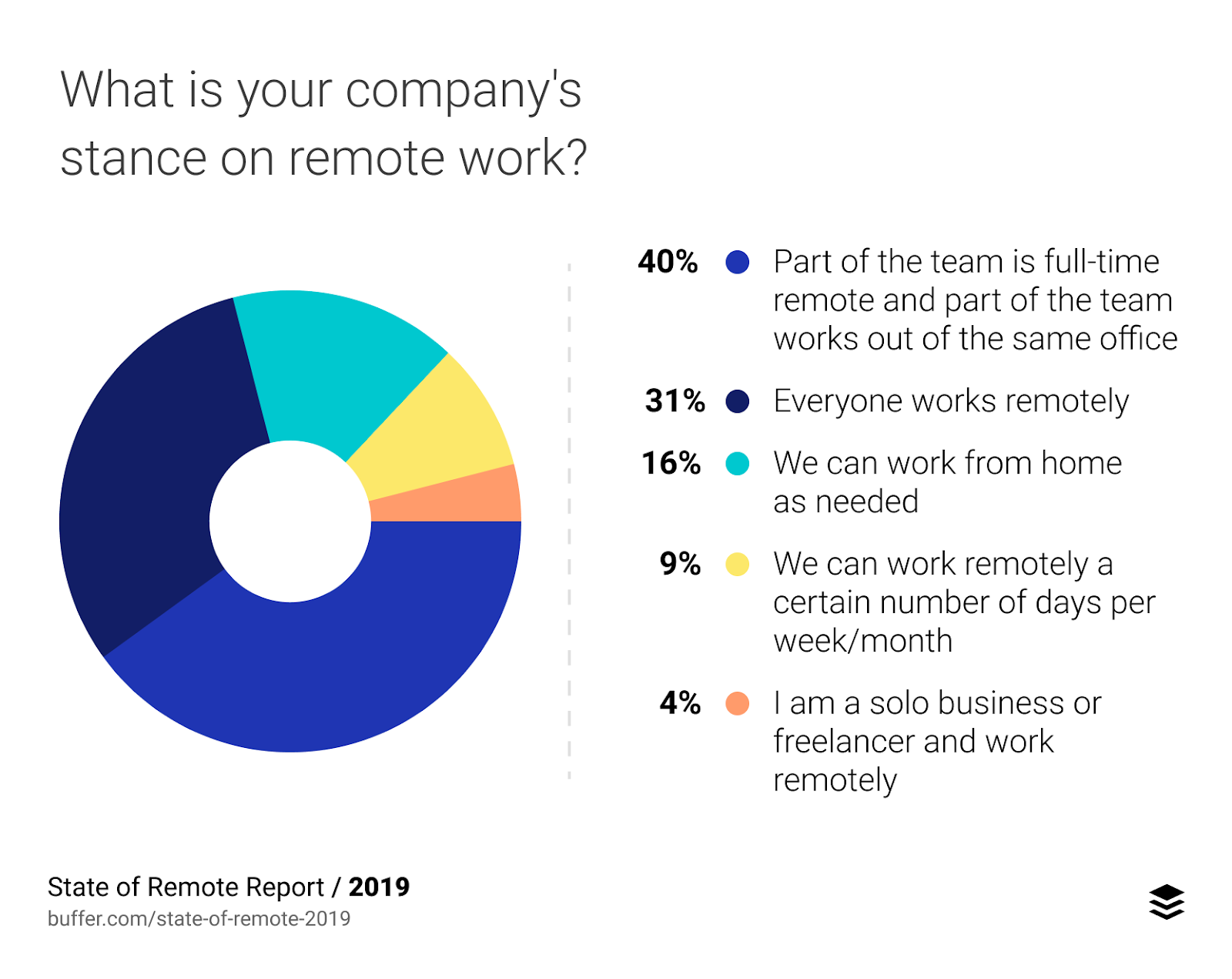
The pandemic has sped-up the need of remote workforce training. We need strategies to make it more effective. Read them below:
1. Set the Objectives
The success of virtual training sessions depends on how well we can explain the objectives of holding such sessions. Read below:
- What are the training goals?
- Do you have the required managerial support?
- Have you engaged all learners?
- Have you kept your seniors in the loop?
2. Be Aware of the Challenges
By addressing the challenges, we can significantly increase the success rate of remote training of employees.
Top challenges for holding virtual training sessions are as follows:
- Flawed instructional design
- Poor coordination
- Wrong approach
- Bad timing
- Lack of managerial support
- Unwilling learners
- Absence of vision
- Incapable trainers
- Technical glitches
- Wrong methods of training
3. Build Simple Training Course Content
Ambiguity and complexity kill the purpose of holding training sessions. Follow the KISS (Keep it Simple, Stupid) method to create course content for virtual training sessions. You will see a higher rate of acceptance among your trainees. Also, it raises the retention rate in the brain.
4. Implement Robust Communication and Support Technology for Holding Training Sessions
Check the following list of technical points:
- Dynamic scheduling and easy sign-up process
- Secure access
- Uninterrupted audio and video media
Invest in the best custom-developed app solution or some suitable online platform to avoid technical glitches. Robust communication and support technology will help you in training employees on remote access.
5. Increase Participant Engagement
Master the art of conducting virtual training sessions. Here are a few tips:
- Conduct sessions with a calm, unbiased and charismatic tone.
- Create polls and encourage participants to exchange their ideas.
- Get an idea of participant involvement in real-time via polls and surveys.
- Hold polls to assess the knowledge of participants. Polls also help you to get a clue about how well the participants have understood the training-content.
- Hold video calls and request everyone to switch-on their video modes.
- Include breaks and schedule them uniformly at the end of tracks.
6. Implement Drip Feeding Content Model
Don’t deliver the entire online course content at once but provide it at different levels. This method of content delivery is known as the drip feeding model. Here are a few benefits:
- You can build modular training programs.
- You can maximize the benefits of microlearning.
- You can increase trainee engagement.
- You can improve trainee retention.
- You can automate the content delivery sequence.
7. Leverage the Benefits of Breakout Groups
As we know that sometimes breakout groups become the cradle of creativity, we cannot ignore it while conducting sessions of training for remote employees. Some online platforms offer this service. Choose the right one.
8. Use Virtual Whiteboards
Virtual platforms are fast adopting the functionalities of on-site work environments. Virtual whiteboards are blank screens on which you can draw or write with annotation tools. The best way to explain training topics is to add illustrations with words and letters.
9. Measure the Effectiveness of Training Sessions
A set of queries like the following can help you measure the effectiveness of training sessions:
- How many participants completed the training?
- What is the number of on-the-job applications?
- Is there any improvement in performance?
- How many trainees could practically apply what they learned?
- Is there any positive impact?
Decision-makers should take a keen interest in these data. The latter will help you to maximize the return on training-investment.
10. Don’t Overlook Little Details
Here we will make the list of important details for holding successful meetings which are often overlooked:
- Test specific tools and check audio/video connections beforehand.
- Switch-off the devices that may distract you during the session.
- Use wireless headphones to keep your movements free.
- Organize pre-session activities like polls, games or puzzle contests.
- Involve participants every now and then.
- Send your participants post-training recording and additional resource links.
- Hold post-training Q&A sessions.
Choosing the Right Tool for Remote Staff Training
It is unlikely that the number of remote employees will reach the pre-COVID-19 days once normalcy returns. There are long-term benefits of training remote employees. Even productivity seems to be gradually rising.
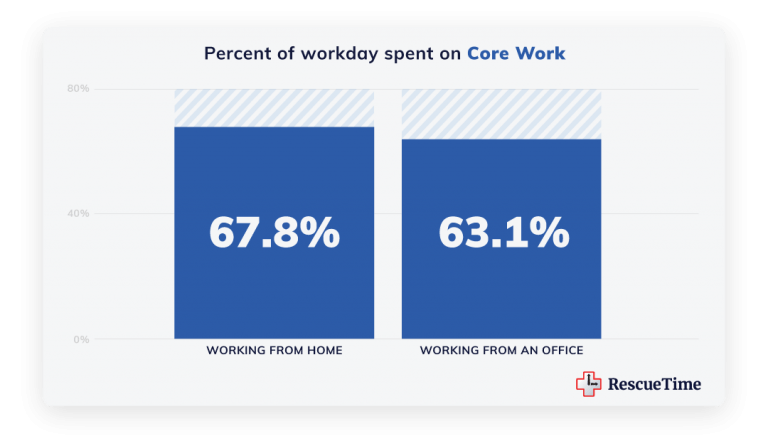
Hence, it’s time to adopt the right training tools like the remote-employee-training app suite by Tech Exactly to cater to on-the-job and on-demand requirements.
Features & Functionality
Tech Exactly’s app solution is custom-developed. It caters to medium and enterprise-level companies. The app suite runs on the intranet. It has simplified the remote onboarding and corporate training activities. It helps users to complete time-critical, repetitive and bulk tasks on-time, error-free and at once. Let’s discuss each feature in details:
- Onboarding: The onboarding app solution includes online forms and orientation videos. Joinees can fill the forms and watch the videos at their own pace. It minimizes interruptions between deadlines and mandatory tasks of onboarding.
From time and again, employees need to take a look at the compliance policies and procedures. Though it is not a specific feature of onboarding, new joinees find this functionality especially helpful on their first day in the office. - Training & Appraisal: The app displays the mandatory and optional training modules to users as per their job roles.
The app also makes the appraisal process pretty easy. Based on job roles, admins can create quiz-queries. Employees get incentives based on their performance that is demonstrated on leaderboards.
App builders have beautifully introduced gamification to the training module.Star performers get certifications, recognitions and rewards. The entire process is absolutely open. - Inter-organization Communication: Send targeted messages to different departments. This functionality plays a crucial role in the time of emergency.
Group and private messaging features can bridge the physical distance among employees, keep them motivated and raise their productivity up a notch. - Painless Content Creation: It’s a challenge to create bulk content for different departments, as and when required. Users get the support of a robust CMS for this purpose. It’s easy to create customized content modules of virtual training courses.
- Trouble-free Access for Files: This is one of the most unique features using which employees can access files stored at mobile as well as remote server locations.
The app is also compatible with Android-based tablets.
Benefits
The benefits of Tech Exactly’s remote-training app suite are neither limited to office executives nor the decision-makers. The app has a wide range of benefits suitable for both on-site and remote operations.
i) Businesses can use the secure and targeted communication solution of the app to offer the following services:
- Training-sessions for compliance guidelines, company culture and role clarity.
- Always keeping the channel of communication open for employees.
- Minimizing communication conflicts.
ii) Companies can scale the training and appraisal solution as per requirements. They can do it by making minimum changes, effort and experience.
iii) You can hold polls to get a clue about the involvement, knowledge and understanding of participants. Gamification features let you increase the excitement level of trainees.
Final Thoughts
Remote working technology and tools are evolving with time. At Tech Exactly, the flexible framework of the remote-training app suite allows multiple customizations. Managing remote employees training is extremely easy through it.
Choose the date and let’s have a talk!
